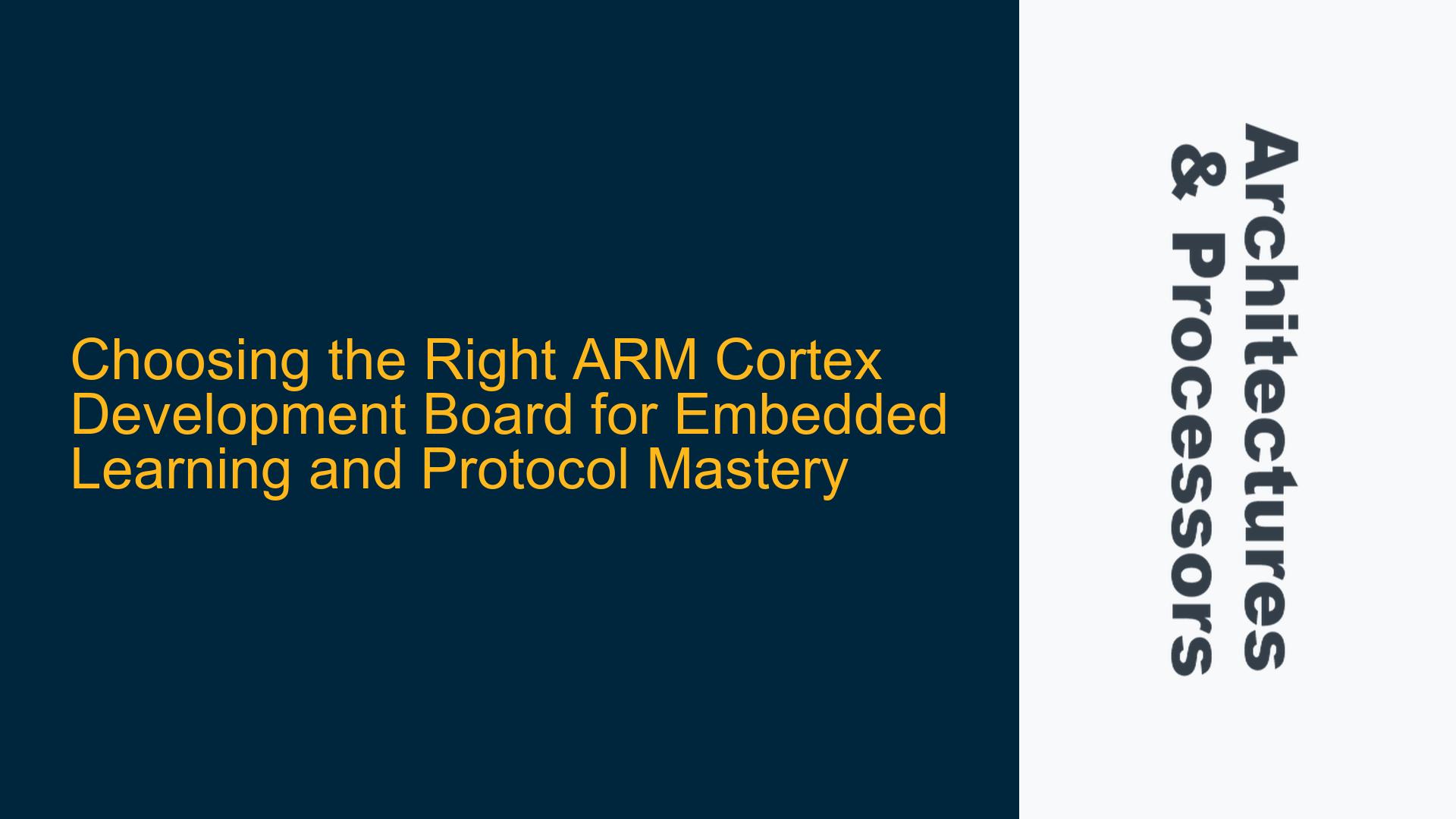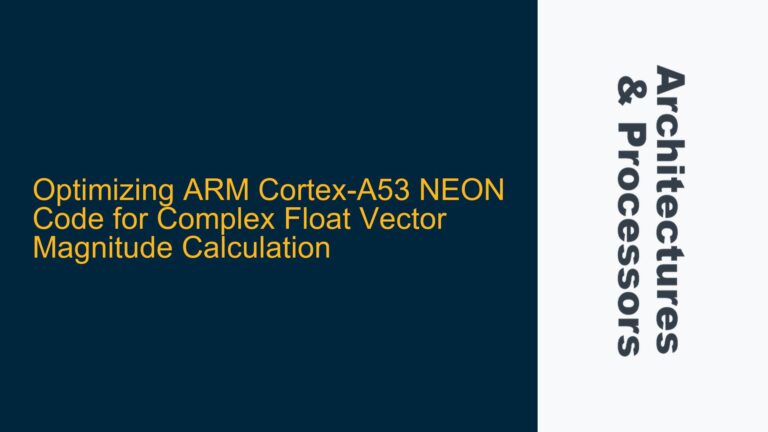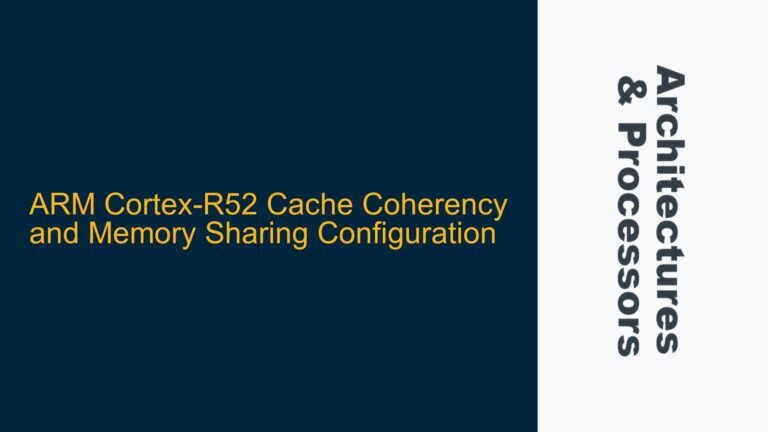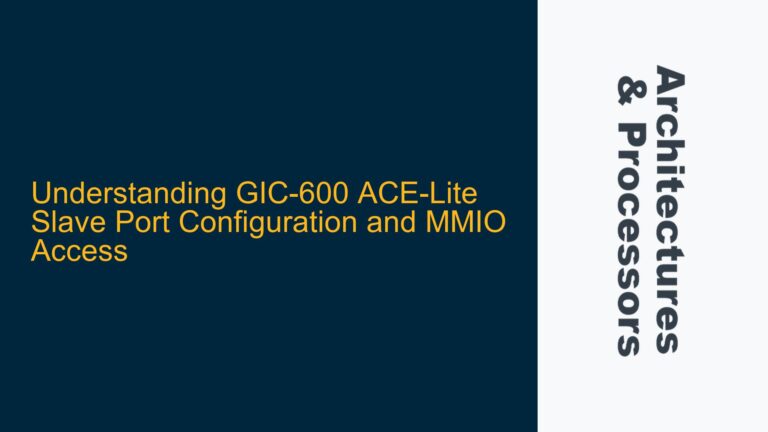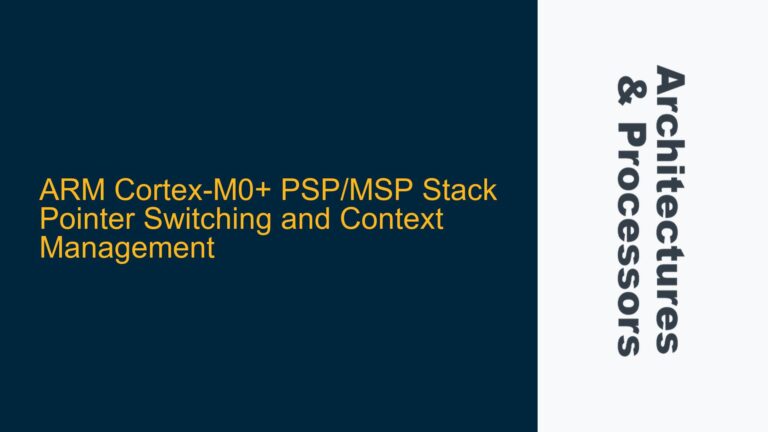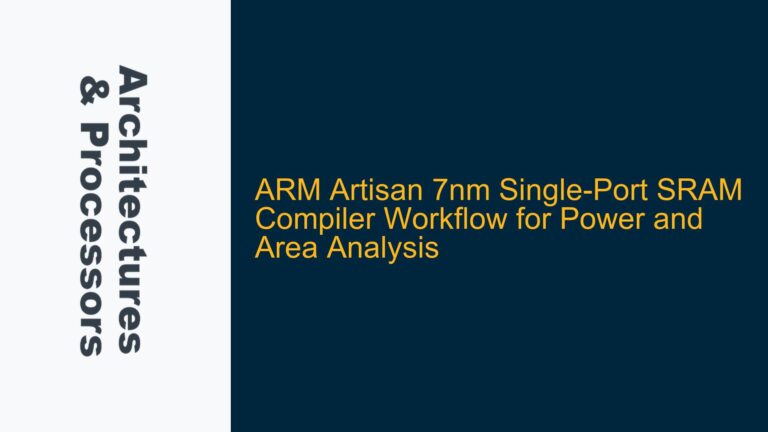ARM Cortex Development Boards for Embedded Programming and Protocol Learning
When diving into the world of embedded systems, particularly with ARM Cortex processors, selecting the right development board is crucial. The board serves as the foundation for learning and experimenting with embedded programming, analog and digital electronics, and various communication protocols such as SPI, I2C, I2S, and LIN. Additionally, the board should support debugging tools like ARM IAR, and provide robust documentation to facilitate a smooth learning curve. This guide will help you understand the key considerations, potential pitfalls, and steps to select and utilize an ARM Cortex development board effectively.
Key Considerations for Selecting an ARM Cortex Development Board
-
Processor Family and Core Type: ARM Cortex processors come in various families such as Cortex-M, Cortex-R, and Cortex-A. For beginners, Cortex-M series processors (e.g., Cortex-M0, M3, M4) are ideal due to their simplicity and widespread use in embedded systems. Cortex-M4, for instance, is particularly popular for its DSP capabilities and floating-point unit, making it suitable for applications requiring signal processing.
-
Supported Protocols and Peripherals: Ensure the board supports the protocols you wish to learn, such as SPI, I2C, I2S, and LIN. Additionally, look for boards with built-in ADCs and DACs if you plan to work with analog signals. Some boards come with integrated sensors, which can be beneficial for practical experimentation.
-
Debugging and Development Tools: Compatibility with ARM IAR Embedded Workbench is essential if you plan to use this IDE for development and debugging. Verify that the board supports JTAG or SWD interfaces for debugging. Some boards also come with onboard debuggers, which can simplify the setup.
-
Documentation and Community Support: Comprehensive documentation is critical for understanding the board’s capabilities and troubleshooting issues. Boards from reputable vendors like STMicroelectronics (STM32 series), NXP (LPC series), and Texas Instruments (Tiva C series) typically offer extensive documentation and active community forums.
-
Expandability and Ecosystem: Consider the availability of expansion boards (shields) and the overall ecosystem. Boards with a wide range of compatible peripherals and a large user community can significantly enhance your learning experience.
Common Pitfalls in Selecting and Using Development Boards
-
Overlooking Processor Capabilities: Beginners often select boards without considering the processor’s capabilities relative to their learning goals. For example, a Cortex-M0 might be sufficient for basic tasks, but a Cortex-M4 would be more appropriate for applications requiring DSP or floating-point operations.
-
Inadequate Documentation: Boards with poor documentation can hinder the learning process, especially for beginners. Always opt for boards from vendors known for their comprehensive and well-organized documentation.
-
Debugging Tool Compatibility: Not all boards are compatible with all debugging tools. Ensure that the board supports the debugging interface required by your chosen IDE (e.g., ARM IAR).
-
Limited Peripheral Support: Some boards may lack the necessary peripherals for your projects. Verify that the board has the required ADCs, DACs, and communication interfaces.
-
Community and Ecosystem Size: A small or inactive user community can make it challenging to find support and resources. Boards with a large and active community are preferable.
Steps to Select and Utilize an ARM Cortex Development Board
-
Define Your Learning Objectives: Clearly outline what you want to achieve with the development board. Are you focusing on learning specific protocols, working with ADCs/DACs, or mastering embedded programming? Your objectives will guide your board selection.
-
Research and Compare Boards: Based on your objectives, research and compare different ARM Cortex development boards. Consider factors such as processor type, supported protocols, peripheral availability, and debugging tool compatibility.
-
Evaluate Documentation and Support: Review the documentation provided by the board vendor. Check for user manuals, application notes, and example projects. Additionally, explore the vendor’s community forums and support channels.
-
Verify Debugging Tool Compatibility: Ensure that the board is compatible with ARM IAR Embedded Workbench or any other IDE you plan to use. Check for supported debugging interfaces (JTAG, SWD) and the availability of onboard debuggers.
-
Consider Expandability and Ecosystem: Look for boards with a wide range of compatible expansion boards and a robust ecosystem. This will allow you to expand your projects as your skills grow.
-
Purchase and Set Up the Board: Once you’ve selected a board, purchase it from a reputable vendor. Follow the setup instructions provided in the documentation to install the necessary software and drivers.
-
Start with Simple Projects: Begin with simple projects to familiarize yourself with the board and its features. Gradually move on to more complex projects as you gain confidence and experience.
-
Leverage Community Resources: Engage with the board’s user community to seek advice, share your projects, and learn from others’ experiences. Community forums, social media groups, and online tutorials can be invaluable resources.
-
Experiment with Different Protocols and Peripherals: Use the board to experiment with various communication protocols and peripherals. This hands-on experience is crucial for mastering embedded systems.
-
Document Your Learning Journey: Keep a record of your projects, challenges, and solutions. This documentation will serve as a valuable reference for future projects and help you track your progress.
By following these steps and considerations, you can select the right ARM Cortex development board and make the most of your embedded systems learning journey. Remember, the key to mastering embedded systems is a combination of theoretical knowledge and practical experience. Choose a board that aligns with your learning objectives and provides the necessary tools and support to help you succeed.
